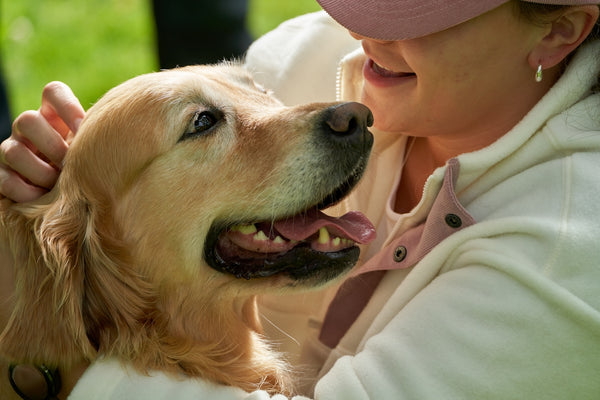As pet owners, ensuring our furry companions receive the proper nutrition can often feel daunting, given the plethora of pet food options available. Understanding pet food labels is crucial to making informed decisions that cater to your specific pet's dietary needs. In this guide, we'll break down the essentials of pet food labels, helping you decode the information and choose the best nutrition for your beloved animal friends.
The Basics of Pet Food Labels
Pet food labels can sometimes look like a puzzle of cryptic terms and numbers. However, familiarizing yourself with the key components can help decode the information.
1. Ingredient List
The ingredient list is perhaps the most crucial aspect of the pet food label. Ingredients are usually listed by weight, with the heaviest listed first. Look for foods where high-quality proteins like chicken, beef, or fish are at the top of the list. Be cautious of labels with vague terms like "meat by-products," which can be less reliable in terms of quality.
2. Guaranteed Analysis
This section details the minimum and maximum levels of crude protein, fat, fiber, and moisture in the food. These percentages provide a snapshot of the food's nutritional profile. While it's a starting point, understanding the actual content in grams can give a clearer picture of the food's nutritional density.
3. Nutritional Adequacy Statement
This statement ensures that the food meets standards set by the Association of American Feed Control Officials (AAFCO). It indicates whether the food is complete and balanced for a specific life stage or if it should only be part of a balanced diet. This declaration is your assurance of the product's intended use and nutritional completeness.
4. Feeding Guidelines
The feeding guidelines help you determine how much food to give your pet based on their weight and activity level. Remember these are just guidelines; the specific needs of your pet may vary based on their age, health, and lifestyle.
Beyond the Label: Ensuring Adequate Hydration
While selecting the right food is important, ensuring adequate hydration is just as crucial. Investing in a reliable pet hydration system can encourage your pet to drink more water, which is essential for their overall health. Consider the PetHydrate Automatic Cat Bowl & Water Fountain. This product offers a continuous flow of fresh water, encouraging your pet to stay hydrated.
Conclusion
Navigating the world of pet food isn’t always straightforward, but with the right knowledge, you can make informed choices that benefit your pet's health. By understanding the labels, maintaining a balanced diet, and ensuring hydration, you’re taking fundamental steps toward improving your pet’s well-being.
For more information and products that cater to your pet's needs, visit My Pet Collective.
We hope this guide assists you in making healthier and more educated decisions for your pet's diet. Happy feeding!








